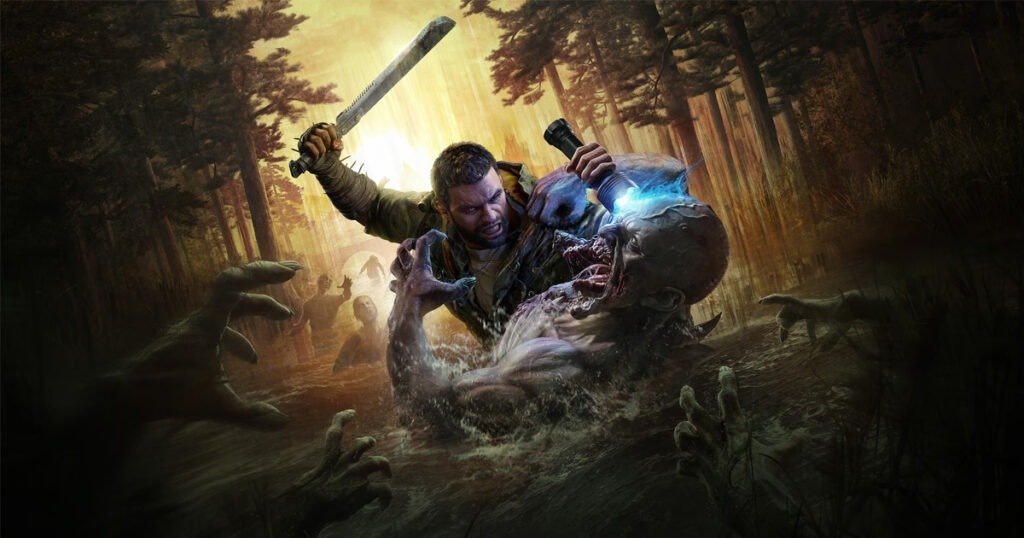Table of Contents
Dying Light: The Beast on PS5 Pro
When Dying Light: The Beast opens, it does so without fanfare. No grand reintroduction of a world already steeped in rot and desperation, no forced nostalgia for the first game’s sun-bleached rooftops of Harran or the sequel’s towering skylines. Instead, you wake up — again — in the aftermath of someone else’s apocalypse. But this time, there’s a grim serenity to it.
Techland seems to know what it’s good at now. The studio’s last outing, Dying Light 2 Stay Human, was ambitious but scattered — torn between narrative aspirations and open-world excess. The Beast pares that all back, rebuilding the experience around something leaner, meaner, and far more confident.
The Return of Weight and Motion
The first thing that hits you isn’t the story — it’s the way your body moves. Techland’s parkour system has always been the series’ backbone, and in The Beast it feels refined to an almost uncanny degree. There’s heft and rhythm in every leap, momentum that builds until you nearly forget where your body ends and the game begins.
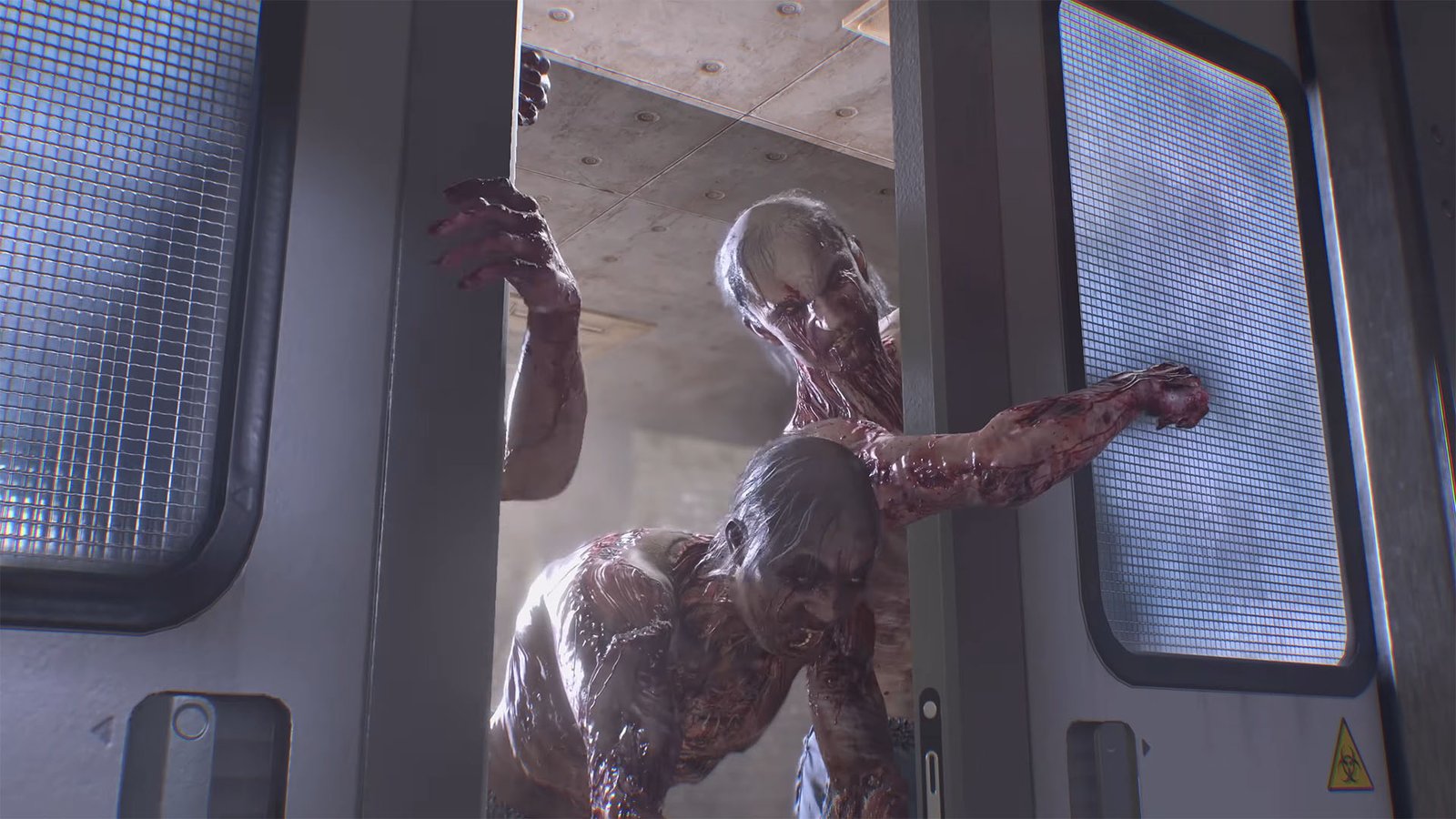
It recalls the thrill of Mirror’s Edge but without the sterility — this world is filthier, heavier, bloodier. Every surface tells a story of decay, and every sprint is a desperate gamble. Combat, too, feels sharper and more brutal. Gone are the spongy enemies of Stay Human; now, strikes land with sickening precision, and the new Beast Mode transformation pushes that tension to the edge.
For brief moments, you become the nightmare, limbs and instincts overtaken by pure rage. It’s a mechanic that sounds gimmicky on paper, but it works — because Techland roots it in character rather than spectacle.
The Monster Within
And that character, well, Dying Light: The Beast finally dares to give the series an emotional centre. Without spoiling the finer turns, the game’s protagonist isn’t just surviving the undead; they’re wrestling with their own infection and identity. Where Dying Light 2 clumsily tried to moralise about society’s reconstruction, The Beast narrows its gaze to a single, deteriorating soul.
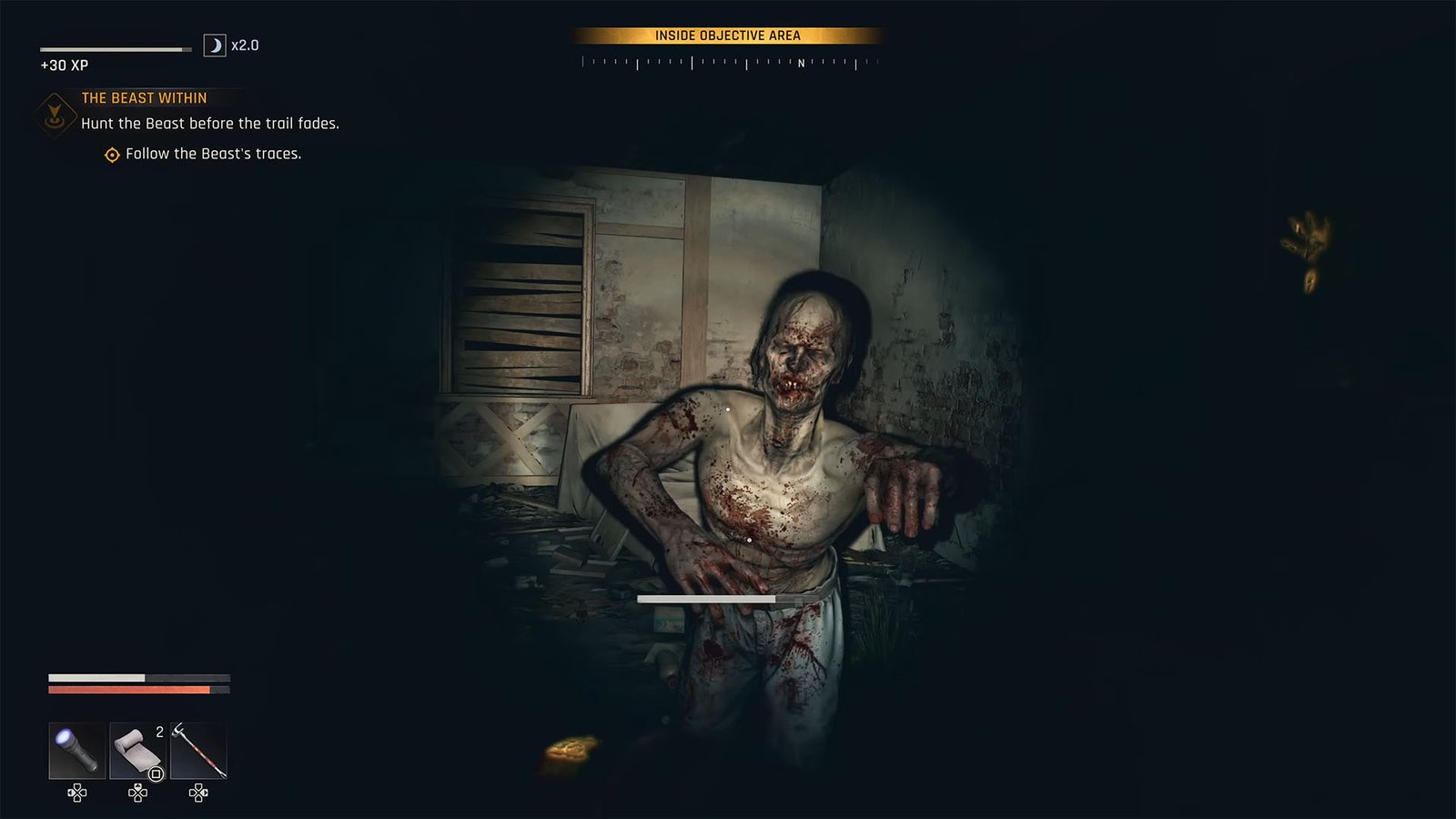
It’s this shift from macro to micro storytelling that gives the game its bite. The writing is tighter, the motivations clearer, and while some dialogue still creaks under genre cliché, the performances carry it. There’s a late-game sequence involving a decaying hospital and a child’s voice that might be one of Techland’s most haunting creations to date, not for its monsters, but for what it says about holding on when you’ve already lost too much.
If Dying Light was about fear of the outside world and Stay Human was about rebuilding it, Dying Light: The Beast is about what happens when you stop running and start confronting what you’ve become.
A World That Finally Knows Its Limits
Visually, the game is a technical showcase, and yet, restrained. The environments are smaller but denser; verticality has been traded for intimacy. It’s as if Techland realised that awe doesn’t always need scale — sometimes it’s the flicker of a torchlight over a blood-slick wall that tells the better story.
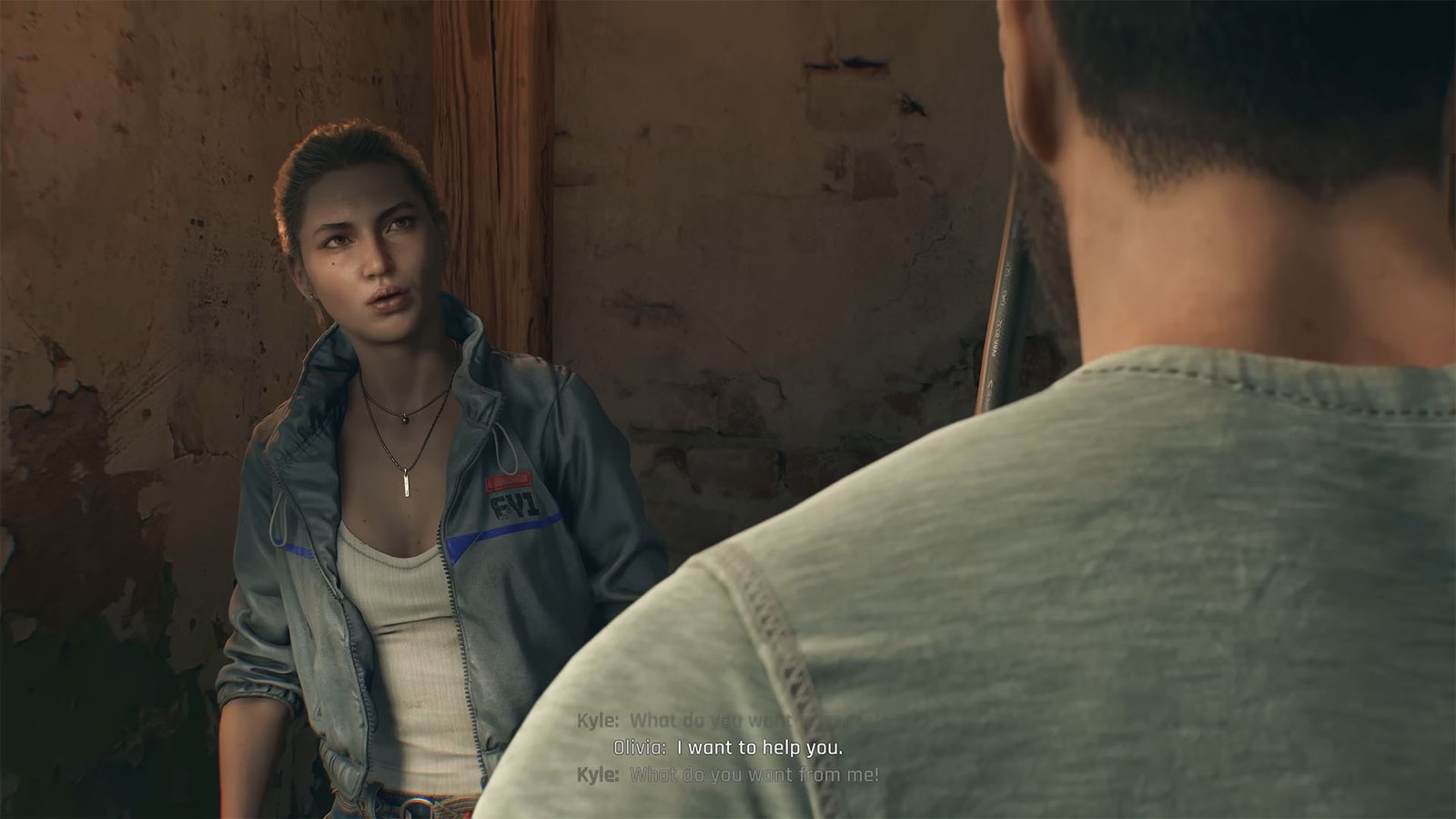
The performance is remarkable, and while there are minor bugs, including a persistent issue with rainwater, none of it undermines the overall stability. The new lighting engine does wonders for atmosphere; the nights feel suffocating again, the kind of darkness that makes every creak in the distance a potential death sentence.
That sense of grounded horror that was so absent in Stay Human returns here in force. You’re constantly aware of the line between predator and prey, and that’s where the title earns its name. You are The Beast, but so is everything else.
When Familiarity Bites Back
Yet, for all its focus and flair, Dying Light: The Beast doesn’t quite transcend its lineage. Techland’s world design, though more curated, still leans heavily on familiar loop structures: fetch quests, supply runs, upgrade chases. There’s rhythm to it, yes, but after several dozen hours, fatigue begins to creep in. The same rooftops, the same looters, the same screams in the night just won’t cut it anymore.
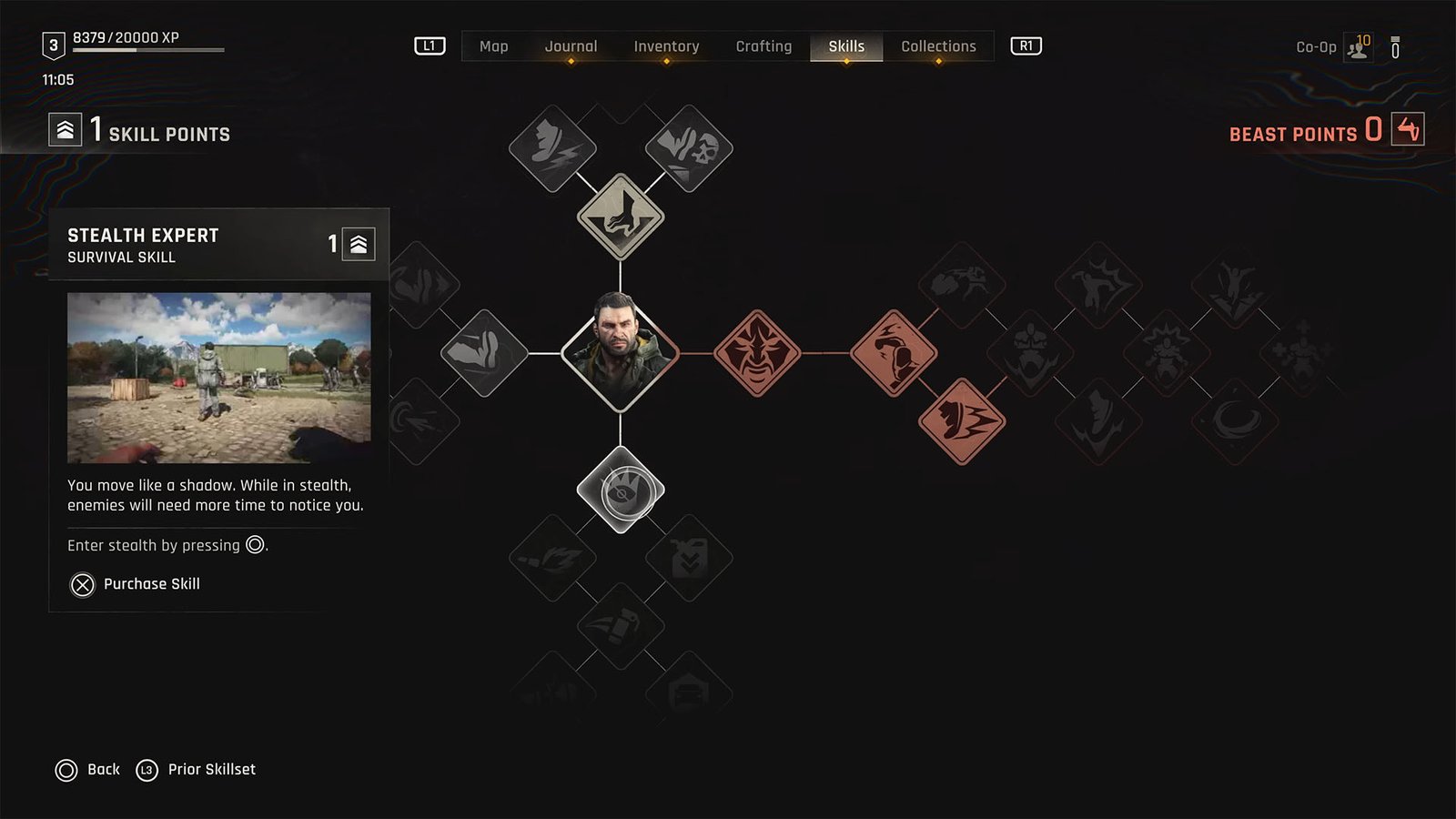
The narrative, while emotionally resonant in key moments, doesn’t always take risks. Some arcs end predictably, and a few characters fade before they can truly matter. It’s a reminder that Techland’s writing, though improving, still plays it safe.
But maybe that’s part of the series’ DNA, the series may always have a roughness that feels honest rather than lazy. The game isn’t trying to be prestige television in disguise. It’s trying to be a damn good video game, and most of the time, it succeeds.
A Ferocious Refinement
Dying Light: The Beast feels like Techland finally understanding its own monsters — both literal and creative. It may not reinvent the infected wheel, but it polishes it until it gleams under a dying sun. The parkour is exhilarating, the combat feral, and the atmosphere suffocatingly immersive.
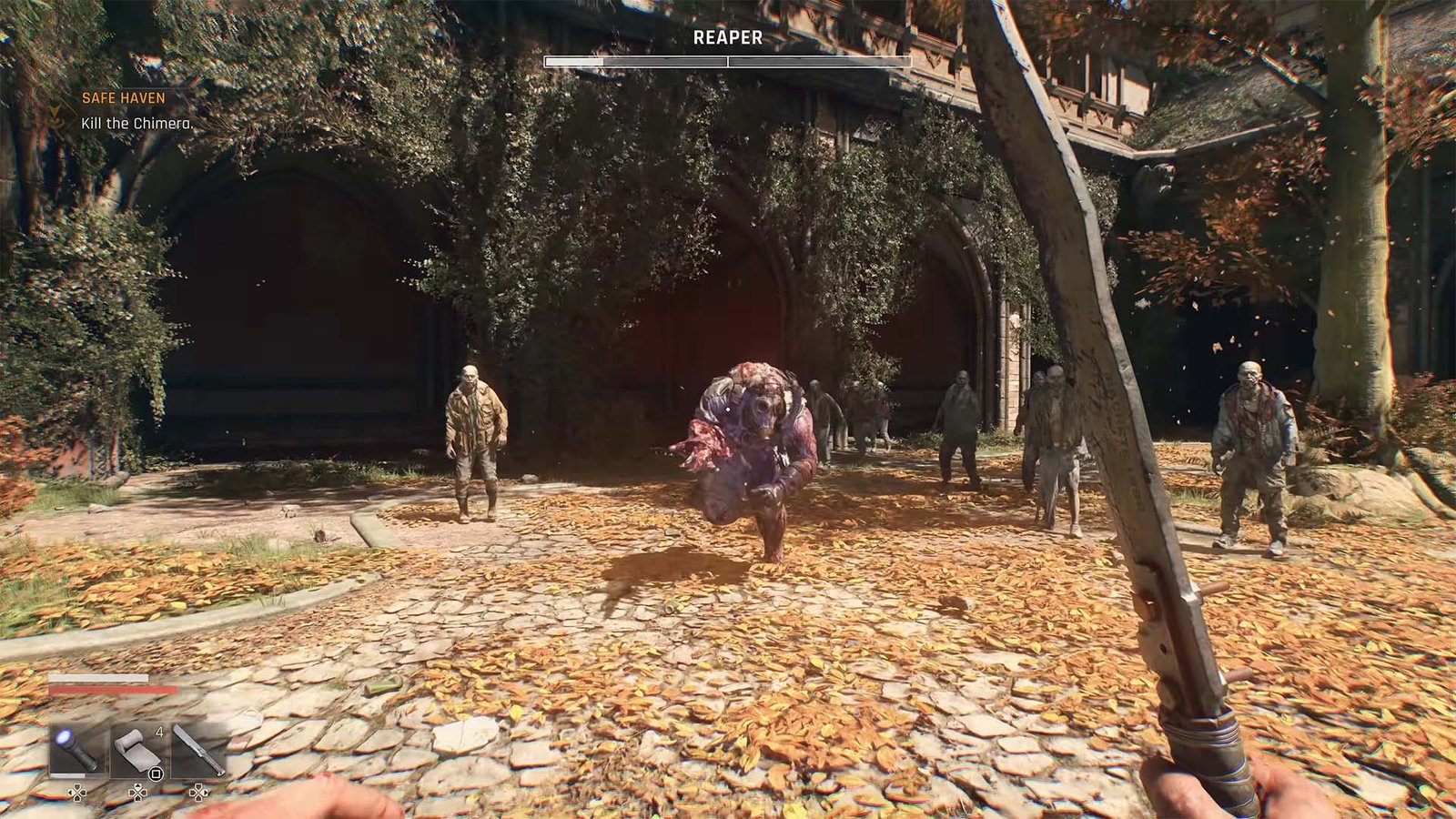
For fans who drifted after Stay Human, this is the studio’s redemption, a return to tension, tone, and texture. And for newcomers, it’s perhaps the best way to discover what Dying Light truly is: not a power fantasy, but a human one, teeth and all.
Dying Light: The Beast is now available on PlayStation 4, PlayStation 5, Xbox One, Xbox Series X|S, and PC.
SavePoint Score
Summary
Techland claws its way back with Dying Light: The Beast, an unflinching, beautifully grotesque evolution of its zombie saga. Stronger in identity and mechanics than its predecessor, it trades sprawling ambition for focused terror and ends up all the better for it. Occasional repetition and story safety hold it back from greatness, but when it hits, it devours.

